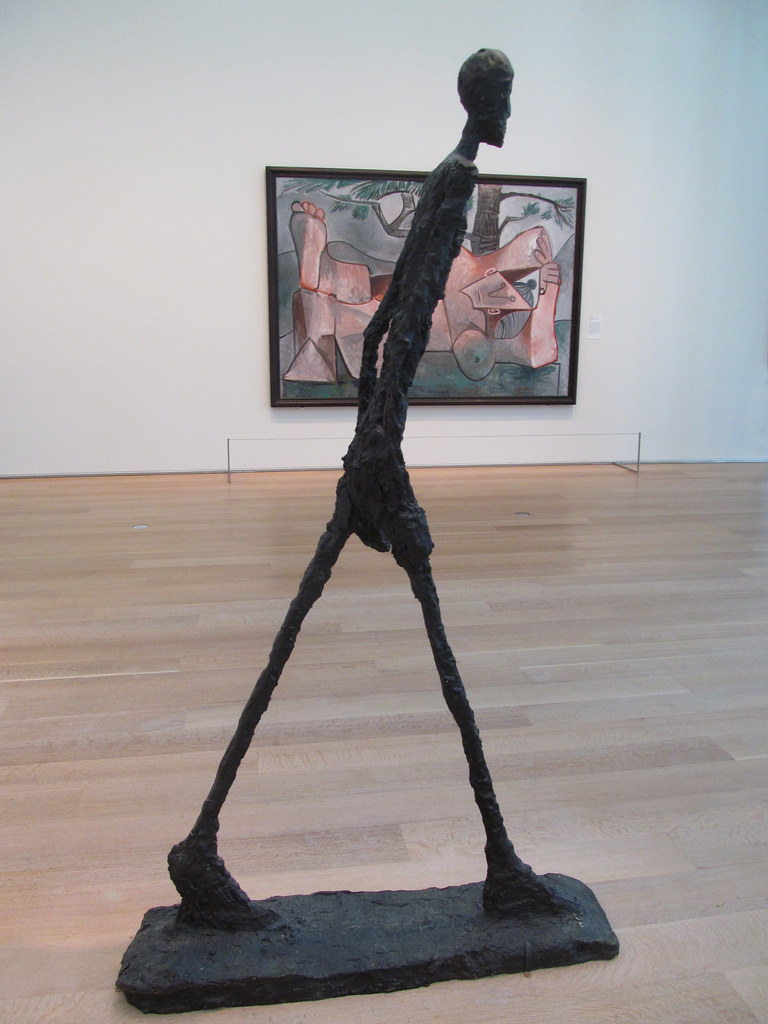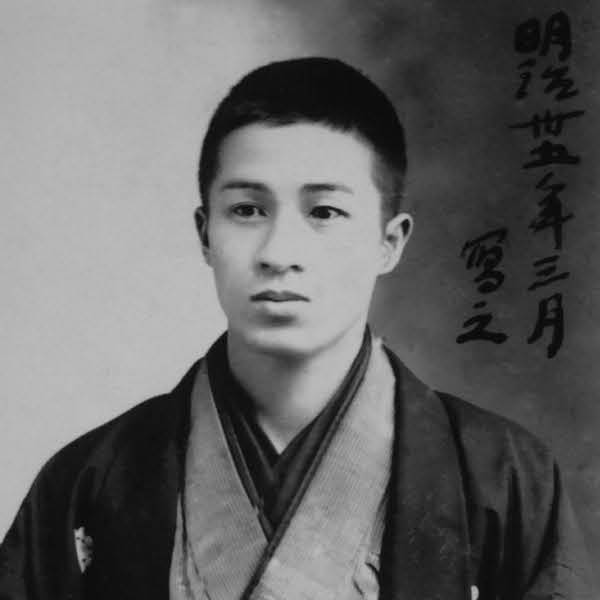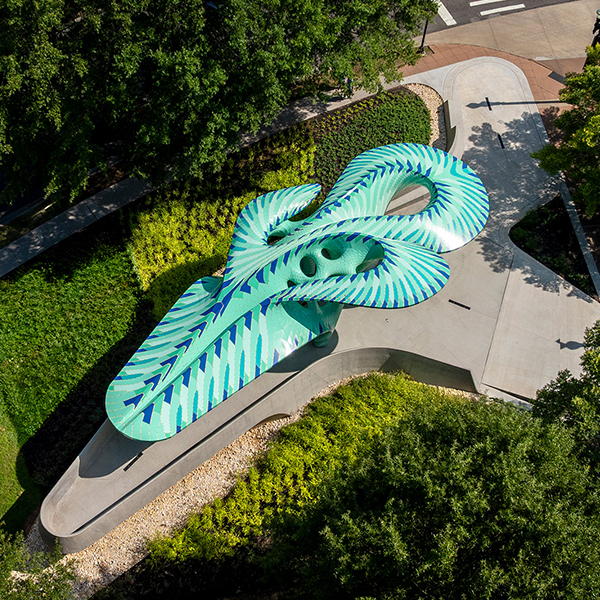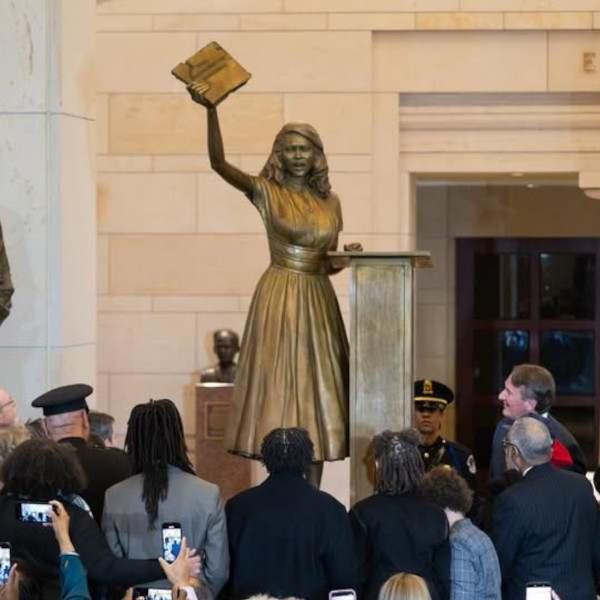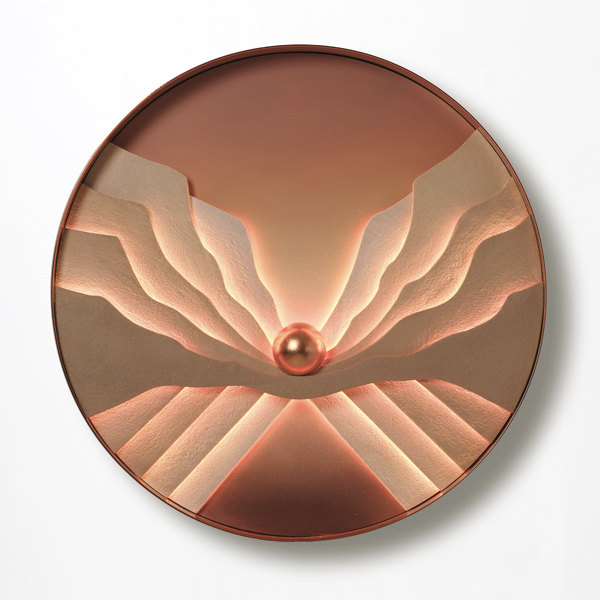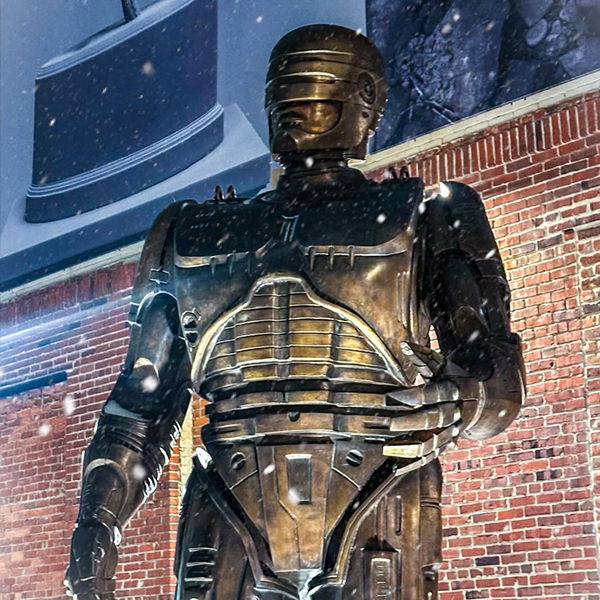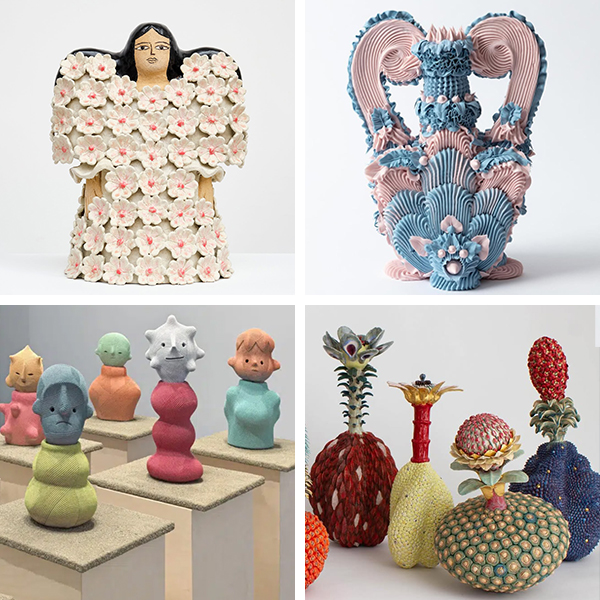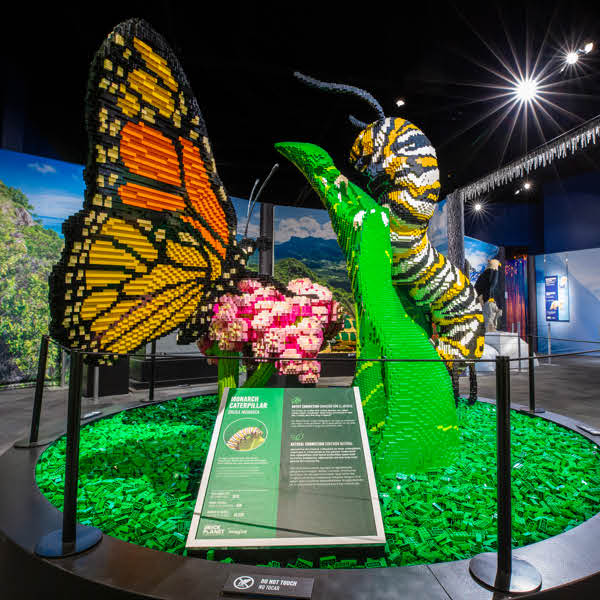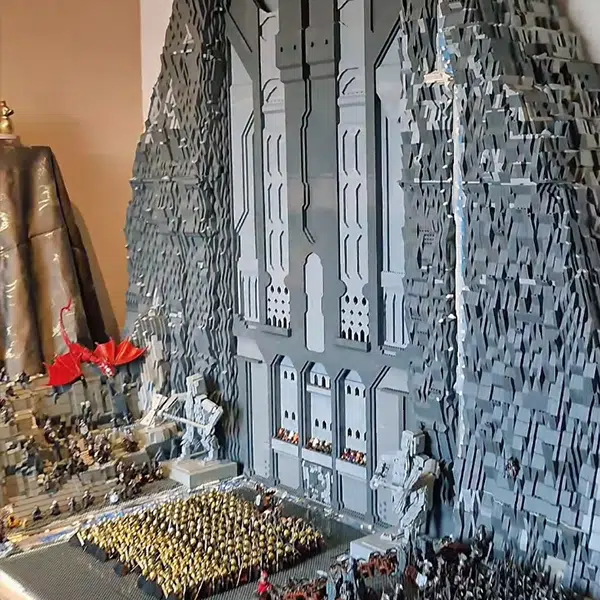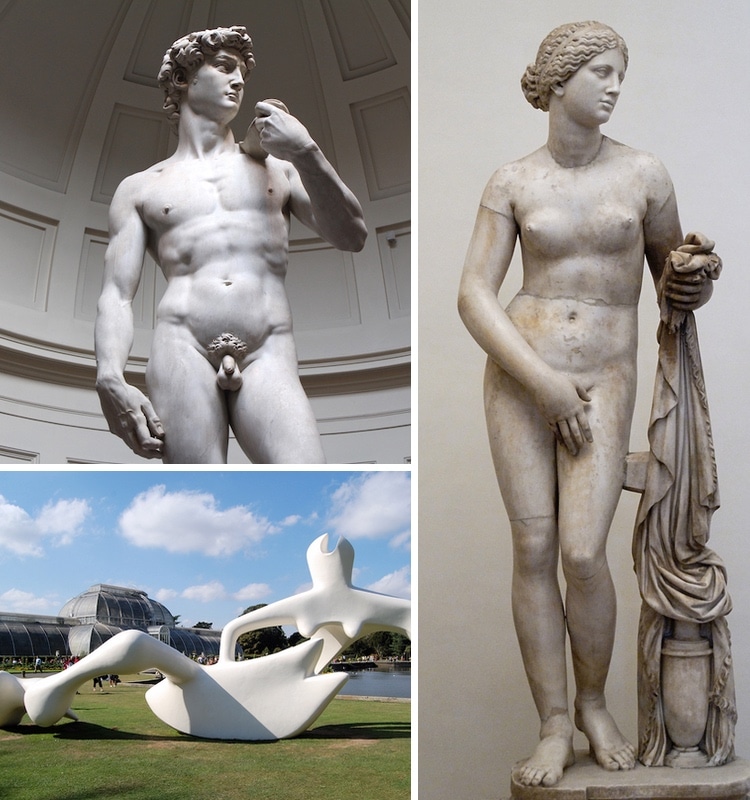
Rodin, Michelangelo, Donatello—these are the names of the innovative visionaries behind some of the greatest sculptures in art history. Sculptors like these gifted creatives have the unique opportunity to bring their subjects to life and manipulate materials to defy the expectations of spectators. Whether chiseling marble or casting in bronze, there is no denying the power of sculpture.
Throughout history, there have been famous sculptors who have withstood the test of time. Perhaps they are valued for their ability to create highly realistic figures or maybe they are prized for their willingness to push boundaries and defy expectations. Regardless of their style, we’ve rounded up a collection of great sculptors who have created some of the most recognized pieces of Western art in history.
From the ancient Greeks to 20th-century Modernists, this look at 15 famous sculptors is a timeline of the development of Western art. Without each artist's contributions, it would be difficult to imagine visual culture as we now know it.
Learn more about 16 of the most famous sculptors in Western art.
Praxiteles
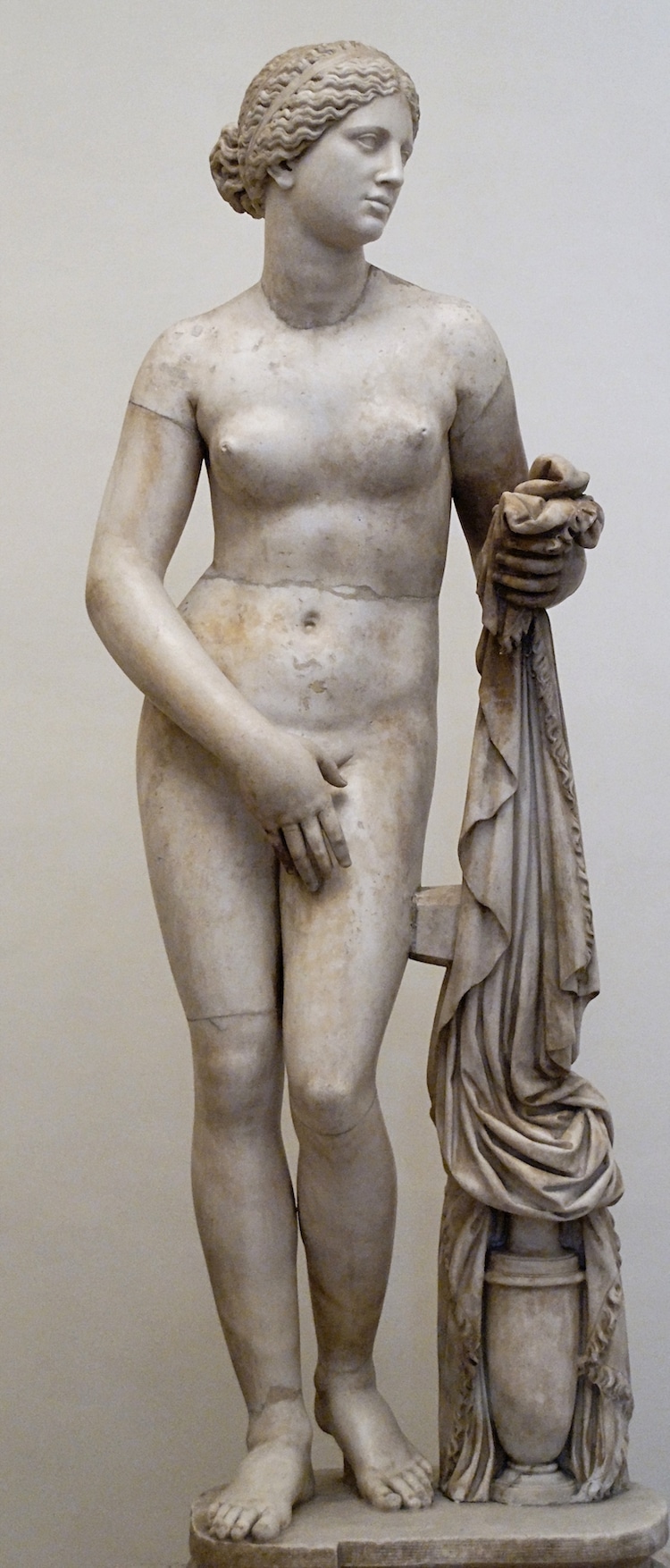
“Aphrodite of Knidos” Marble, Roman copy after a Greek original of the 4th century by Praxiteles. (Photo: Museo Nazionale Romano di Palazzo Altemps via Wikimedia Commons, Public domain)
Full Name | Praxiteles |
Dates Active | 4th century BCE |
Notable Artwork | Aphrodite of Knidos |
Movement | Ancient Greek |
Though it's difficult to know much about the great sculptors of ancient Greece, one name has stood the test of time. Thanks to the work of great authors like Pliny the Elder and Vitruvius, Praxiteles has become a name synonymous with ancient Greek sculpture. None of his original statues survived, but we are familiar with his work thanks to Roman copies of the originals. The Aphrodite of Knidos is his most well-known work and is the first example of a full-scale female figure portrayed in the nude. This work would go on to influence the way the female form was depicted in sculpture for centuries to come.
Donatello
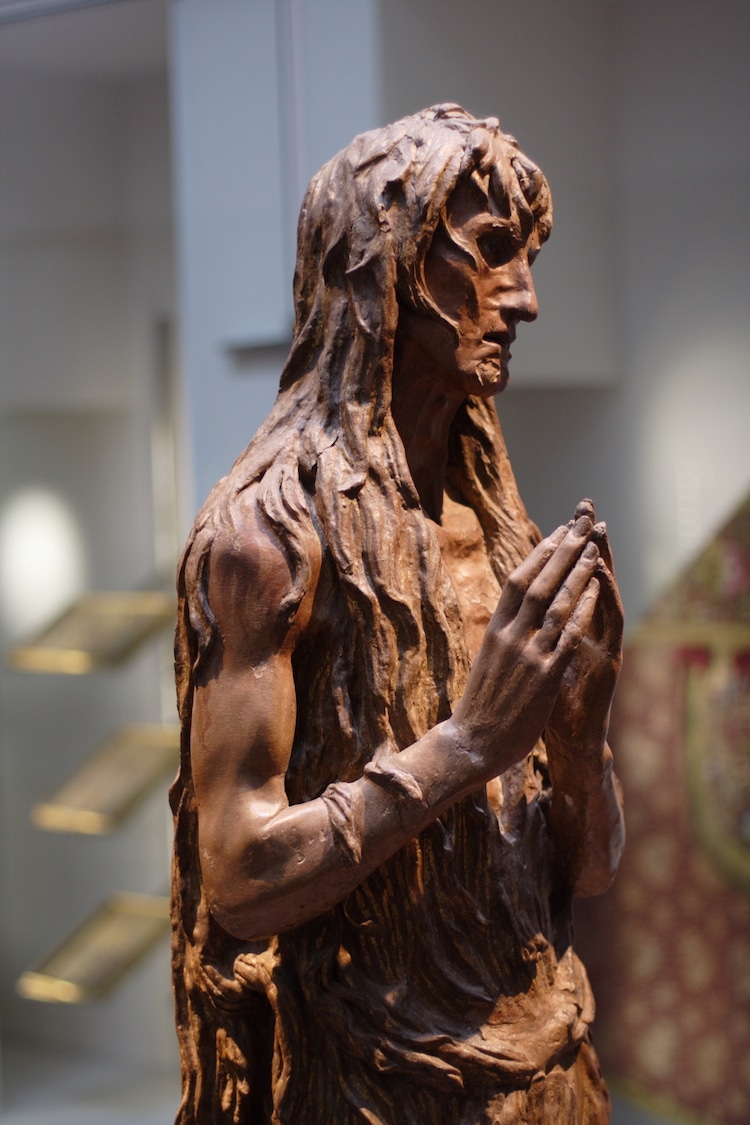
“Penitent Magdalene” by Donatello (Photo: Divot via Wikimedia Commons, Public domain)
Full Name | Donato di Niccolò di Betto Bardi |
Born | c. 1386 (Florence, Italy) |
Died | December 13, 1466 (Florence, Italy) |
Notable Artwork | David, Penitent Magdalene |
Movement | Italian Renaissance |
Italian sculptor Donatello was fundamental in pushing forward art and culture during the Italian Renaissance. Primarily working in Florence, much of his work can still be found in the city today. His bronze David statue is the mark of a significant change in art, as it was the first free-standing nude since antiquity and marks the beginning of Renaissance sculpture. The astonishing realism of his wood Penitent Magdalene shows just how far ahead of his time Donatello was.
Michelangelo

“David” by Michelangelo. (Photo: Stock Photos from Marta Pons Moreta/Shutterstock)
Full Name | Michelangelo di Lodovico Buonarroti Simoni |
Born | March 6, 1475 (Caprese, Italy) |
Died | February 18, 1564 (Rome, Italy) |
Notable Artwork | Sistine Chapel ceiling, David |
Movement | Italian Renaissance |
While he's associated closely with fresco art due to his impressive Sistine Chapel ceiling, Michelangelo is really a sculptor at heart. He believed that every block of marble contained a work of art waiting to be released, and he just needed to chip away until it appeared. His iconic David statue remains an enduring symbol of the Italian Renaissance and continues to inspire generations of artists. Among his other most famous works are Moses, created for the Tomb of Pope Julius II, and La Pietà, made during the artist's time in Rome, Italy.
A sculptor until his dying day, Michelangelo was dedicated to his craft, and he continued working right up until the week of his death at the age of 88.
Gianlorenzo Bernini

‘Pluto and Persephone' by Bernini. (Photo: Stock Photos from wjarek/Shutterstock)
Full Name | Gian Lorenzo Bernini |
Born | December 7, 1598 (Naples, Italy) |
Died | November 28, 1680 (Rome, Italy) |
Notable Artwork | David, Apollo and Daphne |
Movement | Baroque |
Perhaps no other artist defines the Baroque era more than Gianlorenzo Bernini, whose impressive career spanned nearly 70 years. As a child prodigy, Bernini was creating large-scale marble sculptures as a teen. Later, he would become the architect of St. Peter's Basilica—following in Michelangelo's footsteps—where he created the Basilica's iconic plaza and colonnade, as well as its central bronze canopy. A master of materials, Bernini is known for his astonishing ability to create movement and bring forth emotion with his work. In his hands, marble transforms into soft flesh that looks so real, you want to reach out and squeeze it. One of his most famous sculptures, Pluto and Persephone is a wonderful example of his creative abilities.
Antonio Canova

“Psyche Revived by the Kiss of Love” by Antonio Canova (Photo: Jean-Pol Grandmont via Wikimedia Commons, Public domain)
Full Name | Antonio Canova |
Born | November 1, 1757 (Possagno, Italy) |
Died | October 13, 1822 (Venice, Italy) |
Notable Artwork | Psyche Revived by Cupid's Kiss |
Movement | Neoclassical |
Famous for his work in marble, Antonio Canova is perhaps to most well-known Neoclassical sculptor. True to the movement's form, he looked to classical antiquity for inspiration. As one of the most celebrated artists of the 1800s, his sculptures were commissioned by European royalty and the elite. Among his patrons was Napoleon, for whom he created a heroic statue showing the politician in the guise of Mars. Canova is known for his ability to transform marble and create incredible textures, such as soft drapery and dewy skin, with the stone.
Auguste Rodin
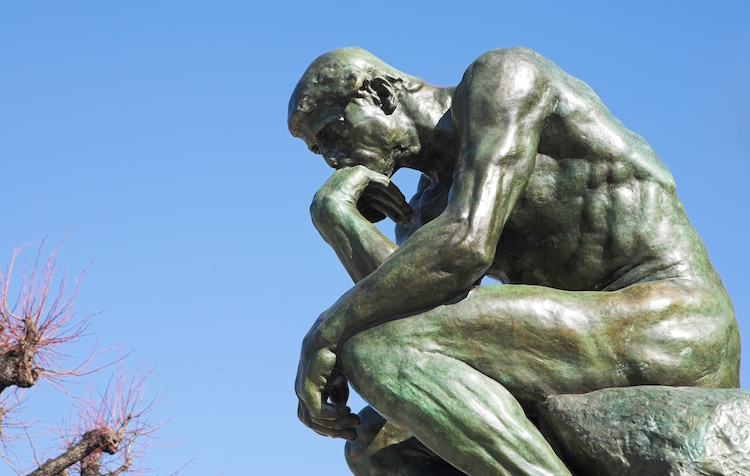
A cast of “The Thinker” by Rodin. (Photo: Stock Photos from Sean Neal/Shutterstock)
Full Name | François Auguste René Rodin |
Born | November 12, 1840 (Paris, France) |
Died | November 17, 1917 (Meudon, France) |
Notable Artwork | The Thinker |
Movement | Modern |
French sculptor Auguste Rodin is generally thought to be the father of modern sculpture, credited with bringing the art form into the modern age. Classically trained, he came to international attention after his works were displayed at the World's Fair. Rodin continues to be one of the most recognized artists in the world, with his pre-eminent work The Thinker visible in different castings around the globe. Rodin is known for his ability to forgo realism and decoration in favor of using texture, surface details, and light and shadow to convey emotion. His focus on inner emotion and suffering is a turning point in the history of art and serves as a hallmark of Modernism.
Constantin Brancusi
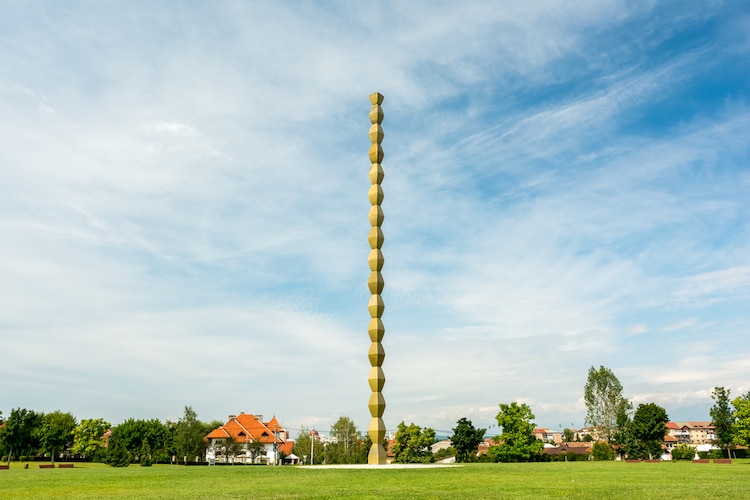
“Endless Column” by Brancusi. (Photo: Stock Photos from Radu Bercan/Shutterstock)
Full Name | Constantin Brâncuși |
Born | February 19, 1876 (Hobița, Romania) |
Died | March 16, 1957 (Paris, France) |
Notable Artwork | Bird in Space |
Movement | Modernism |
One of the most influential sculptors of the 20th century, Constantin Brancusi was a pioneer of Modernism. The Romanian artist was greatly influenced by folk traditions, though he also sought inspiration from cultures outside of Europe. His sculptures are known for their clean, geometric lines, as evidenced by his acclaimed Bird in Space series. Brancusi also created masterful outdoor sculptures. Endless Column is one of three works he created to commemorate Romanian heroes of World War I. The stacked shapes feature a half rhomboid at the top of the totem, which is meant to symbolize infinity.
Marcel Duchamp

“Fountain” by Marcel Duchamp (Photo: Alfred Stieglitz via Wikimedia Commons, Public domain)
Full Name | Henri-Robert-Marcel Duchamp |
Born | July 28, 1887 (Blainville-Crevon, France) |
Died | October 2, 1968 (Neuilly-sur-Seine, France) |
Notable Artwork | Fountain |
Movement | Dadaism |
Multi-faceted French artist Marcel Duchamp is associated with many avant-garde art movements. But it was after World War I, when he became involved with Dadaism, that he started dabbling with found objects. Calling them “Readymades,” Duchamp used these pieces to challenge the world's ideas about what qualifies as art. His most well-known readymade, Fountain, is a sculpture created from a urinal signed with the name R. Mutt. While the artwork was shocking at the time, Fountain is now seen as part of a turning point in art history.
Alexander Calder
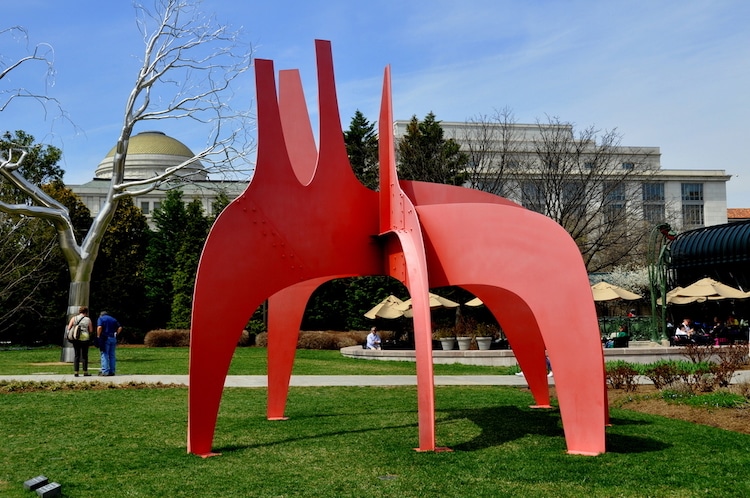
“Cheval Rouge (Red Horse)” by Alexander Calder (Photo: LeeSnider/Depositphotos)
Full Name | Alexander Calder |
Born | July 22, 1898 (Lawnton, Pennsylvania) |
Died | November 11, 1976 (New York City, New York) |
Notable Artwork | Mobiles |
Movement | Kinetic Art |
American sculptor Alexander Calder initially trained as a mechanical engineer, which perhaps explains his fascination with movement. Calder pioneered the use of wire sculptures and mobiles, a type of kinetic art that he initially powered with motors before exploring the effect of wind currents. In the 1930s, he began creating monumental outdoor sculptures, with most of his public commissions coming in the 1960s. These large abstract sculptures in steel were often commissioned by top architects, including I.M. Pei. A multi-faceted artist, Calder also created stage sets for theater productions, designed jewelry, and was a prolific painter and printmaker.
Alberto Giacometti
Full Name | Alberto Giacometti |
Born | October 10, 1901 (Borgonovo, Switzerland) |
Died | January 11, 1966 (Chur, Switzerland) |
Notable Artwork | Walking Man |
Movement | Surrealism, Expressionism |
Swiss sculptor Alberto Giacometti is perhaps most recognized for his thin, elongated figures. Their rough texture allows viewers to see the force of the sculptor, who was also a painter and printmaker. For a six-year period, starting in 1938, Giacometti focused on small-scale sculptures, with each piece measuring no more than 2.75 inches in height. His most famous sculptures are his series, Walking Man. Three of these four life-size sculptures are cast in bronze. Giacometti's work is often considered when discussing existentialism and the human condition. Many scholars have suggested that his elongated figures relate to a lack of meaning in 20th-century life.
Henry Moore
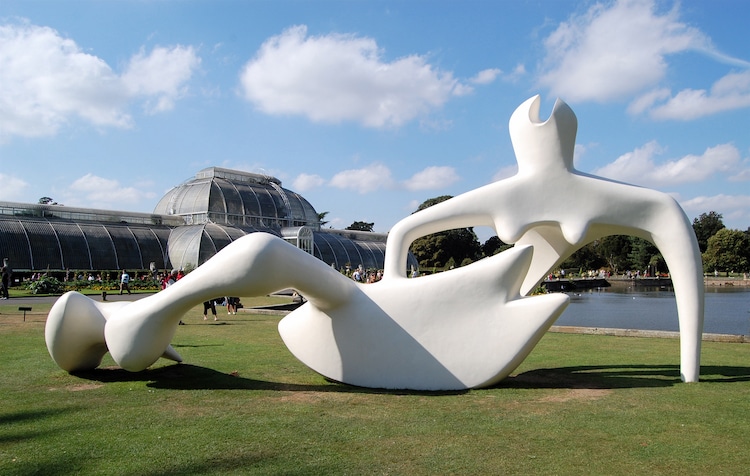
“Reclining Figure” by Henry Moore. (Photo: Stock Photos from Ron Ellis/Shutterstock)
Full Name | Henry Spencer Moore |
Born | July 30, 1898 (Castleford, England) |
Died | August 31, 1986 (Much Hadham, England) |
Notable Artwork | Reclining Figures series |
Movement | Modernism |
Known for his semi-abstract public sculptures, English artist Henry Moore was the preeminent post-World War II sculptor both in Britain and abroad. His work most often features reclining figures with a recurring theme of Mother and Child. Moore's figures are often dissected into multiple pieces, yet his clean lines allow viewers to effectively see the figure within the abstract form. Fans of his work will want to visit his 60-acre estate in Perry Green, Hertfordshire. Now owned by the Henry Moore Foundation, it's home to the largest collection of his work.
Sol LeWitt
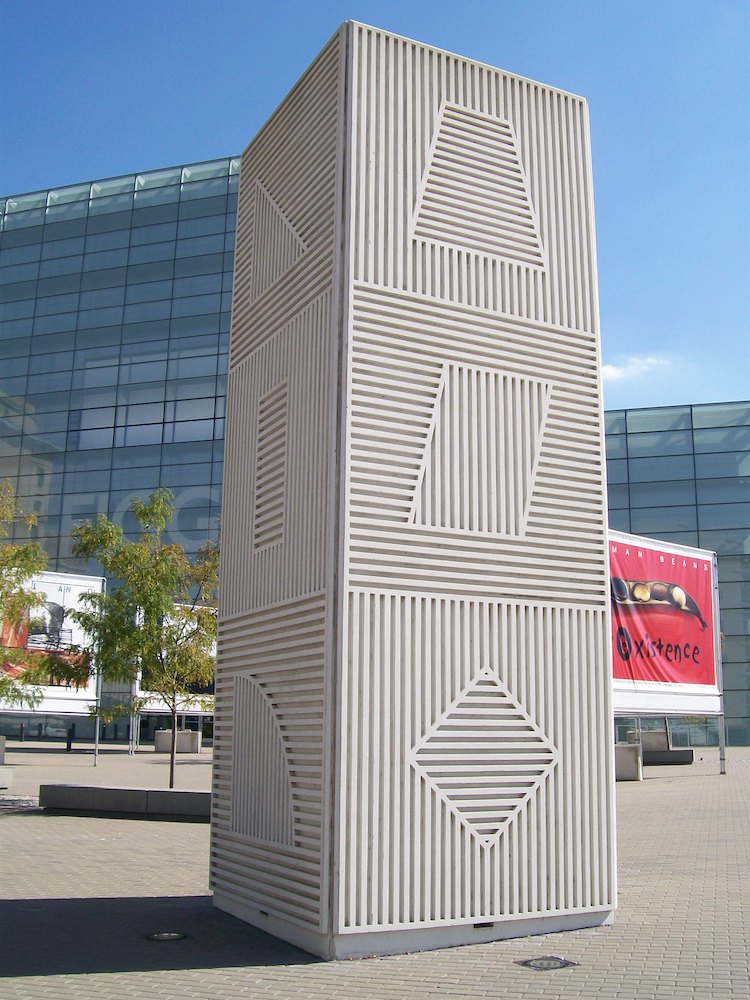
‘Tower” by Sol Lewitt. (Photo: Piersbertrand via Wikimedia Commons, Public domain)
Full Name | Solomon LeWitt |
Born | September 9, 1928 (Hartford, Connecticut) |
Died | April 8, 2007 (New York City, New York) |
Notable Artwork | Wall Drawings |
Movement | Conceptual Art, Minimalism |
Recognized as a founder of both Minimalism and Conceptualism, Sol LeWitt rose to prominence in the late 1960s. The American artist preferred the term “structures” over sculptures. He was highly interested in modular structures that were often cubic in nature, with much of his work executed in stacked cinder blocks. Later in life, he began to incorporate curvilinear forms and saturated colors—a complete departure from his previous production. A multi-faceted artist, LeWitt is also recognized for his wall drawings, gouaches, and architectural projects.
Louise Bourgeois
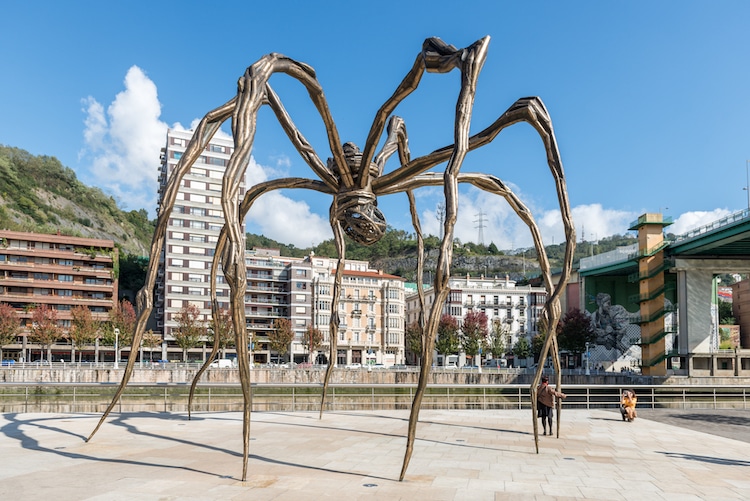
‘Maman' by Louise Bourgeois. (Photo: Stock Photos from tichr/Shutterstock)
Full Name | Louise Joséphine Bourgeois |
Born | December 25, 1911 (Paris, France) |
Died | May 31, 2010 (New York City, New York) |
Notable Artwork | Maman |
Movement | Modernism |
Most well-known for her public art and installations, French-American sculptor Louise Bourgeois rose to international acclaim in 1982 after the Museum of Modern Art held her first retrospective. By this time, she was already in her 70s and had enjoyed a prolific career. Drawing from her own life experience, her sculptures often explore themes of family, sexuality, and death. In the 1990s, Bourgeois began using the spider as a symbol in her art. Maman was cast as an edition of six bronzes and stands over 30 feet high. The work is an ode to the sculptor's mother, who died when she was a child, and speaks to her strength and protection over her family.
Anish Kapoor

“Cloud Gate” by Anish Kapoor (Photo: Ffooter/Depositphotos)
Full Name | Anish Mikhail Kapoor |
Born | March 12, 1954 (Mumbai, India) |
Notable Artwork | Cloud Gate |
Movement | Contemporary |
Specializing in large-scale sculpture and conceptual art, sculptor Anish Kapoor is most well-known for his public artworks in Chicago, London, and New York City. Perhaps his most famous artwork is Cloud Gate, also affectionately known as The Bean. Located in Chicago, it's made of 168 stainless steel plates that have been polished into a mirrored finish. While this monumental piece is indicative of Kapoor's public art, early in his career he was known for his geometric sculptures that used simple materials like granite, plaster, and limestone. He then transitioned into working with carved stone, creating sculptures with cavities that played on themes of duality.
Jeff Koons

“Balloon Dog” by Jeff Koons (Photo: Reflexview/Depositphotos)
Full Name | Jeffrey Lynn Koons |
Born | January 21, 1955 (York, Pennsylvania) |
Notable Artwork | Balloon Dog |
Movement | |
Jeff Koons has often ruffled feathers with his sculptures dealing with pop culture and everyday objects. Some critics view his work as kitsch and crass, while others find them revolutionary. In the late 1970s, he started experimenting with what would become one of his most recognizable series, Inflatables. The original Inflatable, Rabbit, was cast from a readymade inflatable rabbit in polished stainless steel. In 2019, Koons' Rabbit became the most expensive piece ever sold by a living artist when it was sold at Christie's for $80 million.
Yayoi Kusama
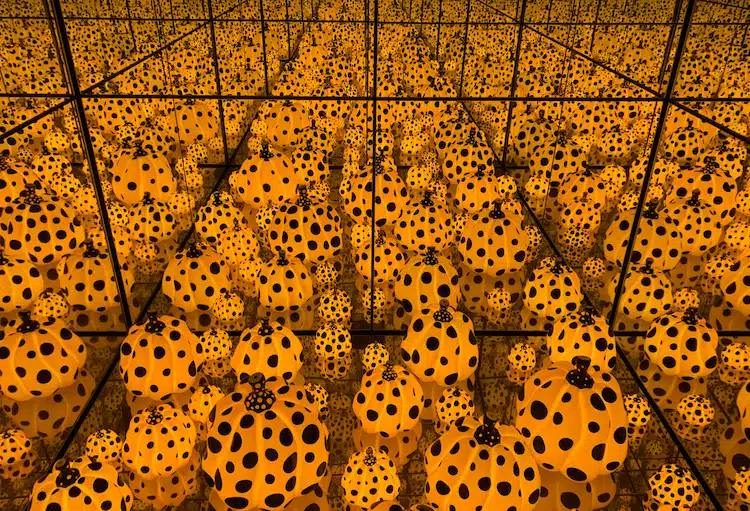
“The Spirits of the Pumpkins Descended into the Heavens” by Yayoi Kusama (Photo: Ncysea via Wikimedia Commons, CC BY-SA 4.0)
Full Name | Yayoi Kusama |
Born | March 22, 1929 (Matsumoto, Japan) |
Notable Artwork | Infinity Mirror Room |
Movement | Conceptual Art |
Largely known for her contemporary work in sculpture and installations, as well as her deep fascination with polka dots, Yayoi Kusama—a 95-year-old Japanese artist—has revolutionized the modern art landscape. In addition to her famous Infinity Mirrors, Kusama is widely known for her pumpkin sculptures, which feature gourds in various sizes and are typically rendered in bright yellow colors. These renowned pumpkins are spotted with contrasting black polka dots, reflecting Kusama's signature style.
The article has been edited and updated.
Related Articles:
How the Natural Beauty of Hellenistic Sculpture Has Captivated the World for Centuries
This Armless Sculpture Is One of the Louvre’s Most Treasured Masterpieces
Discover 10 Famous Portrait Paintings and the Real Life People Who Inspired Them
How Marble Sculptures Have Inspired Artists and Captivated Audiences for Millenia
